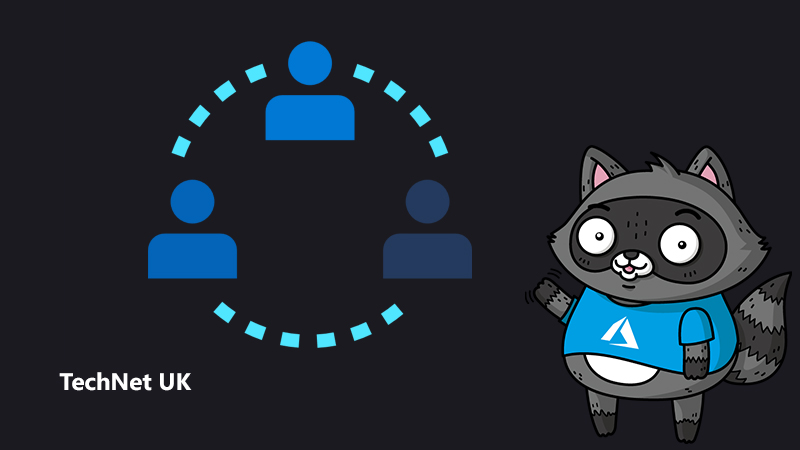
How you can improve your DevOps practices

DevOps is a way of working that lets you better respond to your industry’s trends and your customer’s needs. But knowing what DevOps is is only the beginning – what really matters, at an organisational level, is its effective deployment. Understanding how best to execute DevOps means empowering a more agile business that can innovate at the drop of a hat.
In the digital workplace, you don’t want to be playing catch-up. That’s when competitors gain the advantage. By correctly implementing DevOps – and embracing it throughout your organisation’s culture – you can transform your efficiency and effectiveness.
1. Create a Value Stream Map
Before you can move your DevOps forward, you should spend time looking at the way it is now. If you haven’t introduced DevOps into your business yet, then use this time to study your current processes.
What you’re aiming to identify is:
- What’s working?
- Where can improvements be made?
- Have your processes scaled as your business has grown?
One of the best ways to do this is to create a Value Stream Map.
This is a visual method of charting the way you work now. Start by determining your start and end points – for instance, from the manufacture of a product to the customer’s purchase. Between those two, add each step of your process. Leave nothing out. Along the bottom of the map, add a timeline, showing how long each step takes. Now, you can see at a glance where time is wasted and how DevOps can improve output.
During this early stage, you should determine what you want to achieve from your reformulated DevOps. This might be increasing efficiencies or reducing the time spent on activities that don’t add value to your customers. Try to distil these desires down to two or three goals. This way, you can keep your entire team focused on them.
2. Get buy-in across the business
Change can be scary – and because DevOps has the potential to alter everything across your organisation, you may find you get push-back from parts of the workforce. Look out for complaints like ‘But we’ve always done it that way.’
You’ll need to gain buy-in from employees, and buy-in begins – where else? – at the beginning. You can’t one day foist new processes on an unsuspecting team. Well, you can, but the results will be poor. Nor can you simply explain why the new ways are better than the bad old days.
Share your vision. Show how the business will improve using the Value Stream Map you created. Ask them for their ideas, too, as this encourages employees to take joint-ownership over the new practices as they join you on the journey.
You’ll find that “union of people, process, and products” is more unified with everyone on-board.
3. Use the right tools
Make sure you’re equipping your whole team with the best tools for the job that won’t cause your team to waste more time. The wrong tools or lazy workarounds will only exacerbate the issues you’re trying to iron out.
The Azure DevOps suite of tools can be used by any business looking to improve the employee and customer experience. You’re free to use them regardless of your chosen operating system or whether you’re in the cloud on on-premises.
There are five tools to support you:
- Azure Boards can be used by multiple teams to plan, track, and collaborate on work
- Azure Pipelines is for building, testing, and deploying
- Azure Test Plans is a manual and exploratory toolkit
- Azure Repos lets you store unlimited Git repos in the cloud
- Azure Artifacts enables you to create, host and share package feeds
This gives you the complete end-to-end package. You’ll always have access to tools that cover every aspect of DevOps delivery, from the planning stage to deployment.
To begin, visit dev.azure.com and click ‘Start free’. Once you’re logged in with a Microsoft account, you can create a new organisation and get started.
4. Think agile, stay agile
You’ve likely heard the software development term ‘agile’ before. It’s a principle that states that you can achieve better results by valuing…
- Individuals and interactions over processes and tools
- Working software over comprehensive documentation
- Customer collaboration over contract negotiation
- Responding to change over following a plan
It’s so easy to get locked into a certain mind-set, following clunky processes not because they make sense but because ‘that’s how we do it’. That’s not your fault, nor the fault of your team. It happens to all businesses as they scale up. But who benefits from these processes?
Thinking ‘agile’ means you become more open and proactive as a business. The result is, an enhanced employee experience and service levels, leading to a rise in customer satisfaction.
To take a more agile approach, start using Azure Boards. This DevOps tool is ready-made for planning and prioritising changes, and assigning specific tasks to people. You may also find it useful to refer back to your value stream map.
5. Don’t stop innovating
Integrating DevOps into your business is a gradual process. Far too many businesses balk at the time it can take to properly implement new processes, or grow impatient because results aren’t instant. However, there’s an even worse sin: stopping immediately after completion.
The most successful DevOps users are continually monitoring and testing; regularly tweaking processes to suit business needs, and integrating security into their software. This lets them deploy on a more regular basis, with a greater predictability and security – and again, that benefits employees and customers who receives the end-product.
Glean as much data as you can throughout the process. Every change, every tweak to your process offers up more information that will help you improve operations with every iteration.




